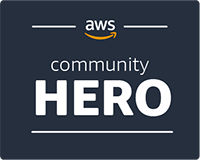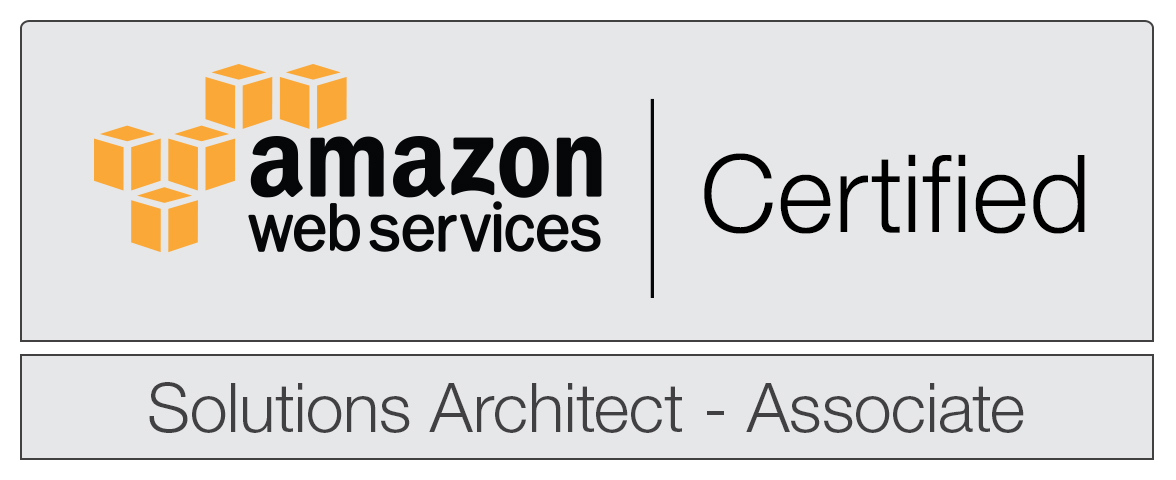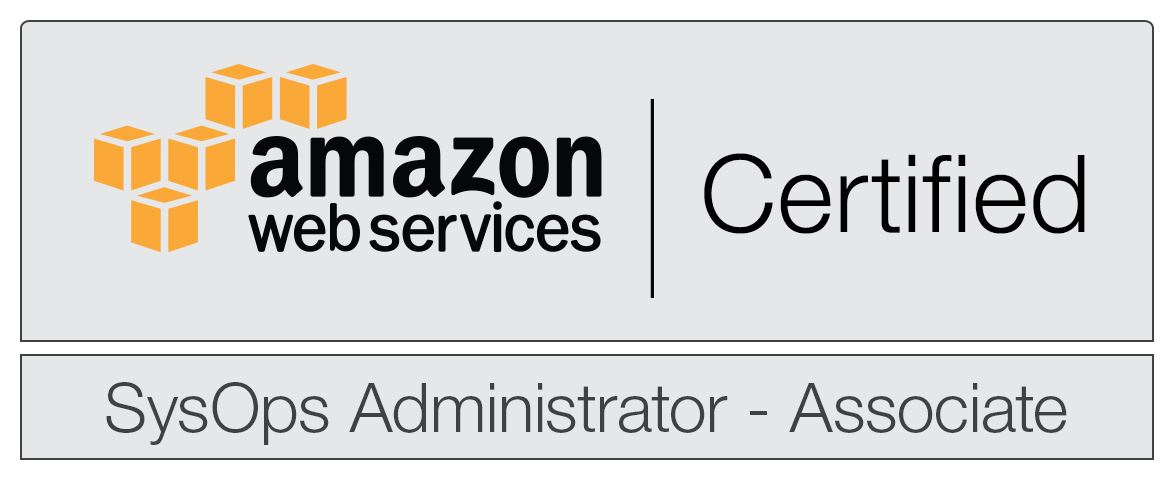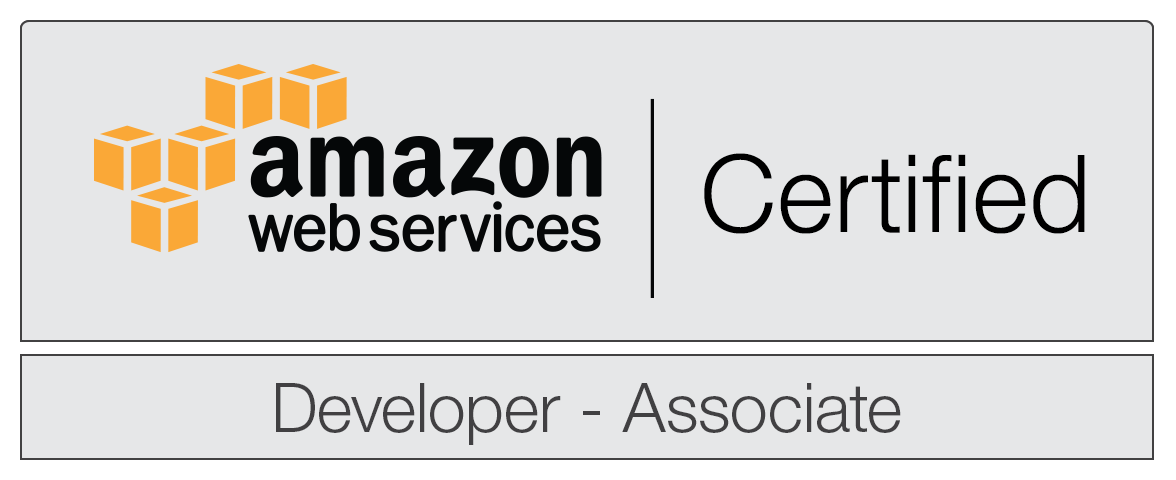Study Notes - CloudFormation Debugging
整理開發 CloudFormation Template 和 Debug Stack 遇到的問題。。。
問題整理
底下整理一些開發 Template 過程遇到的問題。
如何有效的學習 CloudFormation?
CloudFormation 其實滿複雜的,而且要了解每一個 Resource 本身的 Attributes。建立 Template 的過程,還不了解 Resource 之前,先一個一個慢慢增加,重複確認是否符合預期的再繼續往下走。
以下是我自己練習的例子:
- 建立一個 S3 Bucket
- 建立 VPC, Internet Gateway, NAT Gateway, Subnets, RouteTable, Security Groups
- 建立 EC2, 設定多個 EBS, 指定 IOPS
- 建立 EC2, 並且執行 UserData
- 建立 EC2, 設計
AWS::CloudFormation::Init流程 - 建立 CloudWatch Alarm
- 建立 Auto Scaling, Launch Configuration, ELB ..
簡單說,就是:
一個一個 Resource 慢慢增加,然後去了解每個 Resource 的屬性、與其他服務的關聯性
開發 Template 需要注意些什麼?
通常開發 Template 過程當中,開發者需要這些條件:
- 基本功
- 對 AWS 服務有一定程度認識
- 了解 Resource Types 與 Attributes
- 了解 Stack 的生命週期、工作流程
- 權限與帳號:開發 Template 會需要較大的權限,所以實務上建議給予完整的 Admin 權限,甚至是獨立的 AWS Account,不然開發過程會很卡。
使用 YAML 取代 JSON
JSON 真的不是很好閱讀,而且無法註解,所以盡可能用 YAML 取代 JSON.
確認 cfn-hup, hooks config 內容正確
如果 VM Level 的配置想要透過 CloudFormation,那麼要注意控制的生命週期。EC2 or LaunchConfiguration 會透過 Metadata -> AWS::CloudFormation::Init 的 configSets 產生 cfn-hup 的設定檔,其中包含 cfn-hup.conf 和多個 hooks ,要確認這些檔案的內容是否正確。
/etc/cfn/cfn-hup.conf
1 | # /etc/cfn/cfn-hup.conf |
/etc/cfn/hooks.d/cfn-auto-reloader.conf
1 | # /etc/cfn/hooks.d/cfn-auto-reloader.conf |
Debug cfn-init, cfn-signal
以下是我在 LaunchConfiguration 裡的 UserData,我會在每個步驟前後 touch xxxx.txt 作為程序的確認。
1 | AppLaunchConfiguration: |
除了 上述方法,一定要查看 cfn 自身的 log:
/var/log/cfn-hup.log/var/log/cfn-init.log/var/log/cfn-init-cmd.log/var/log/cfn-wire.log
確認 Helper Scripts (aws-cfn-bootstrap-latest) 安裝正確
是 EC2 Instance 起來時用來控制安裝程序的小程式。
Ubuntu and Amazon Linux AMI (CentOS) 的安裝方式不一樣,確認也不一樣。官方文件並沒有很清楚的描述他們的差異。
Amazon Linux AMI 預設就會安裝,如果要手動安裝如下:
1 | yum install -y aws-cfn-bootstrap |
但是 Ubuntu 就沒那麼簡單了,底下是 Ubuntu 14.04 的安裝
1 | # see: https://gist.github.com/kixorz/10194688 |
在 Stack Name 上加入時間
開發 Template 過程,會反覆建立 Stack,這時候要確認很多東西,會來來回回跑。我習慣會在 Stack Name 上加入底下資訊,協助開發:
1 | ROLE_NAME=api |
版本、環境、時間,這三個當作參數傳給 Stack,確保每次的開發與除錯,不需要相互干擾。如果開發出來的 Stack 無法同時存在多個,也就表示無法重複利用此 Template。
結論與結語
實務上,依照狀況,不見得全部的資源都要透過 CloudFormation 建置,通常已經服務化的資源,像是 CloudFront、ELB、ALB、CloudWatch 適合用 CloudFormation 建置,但是如果是自行安裝配置在 EC2 上的 Middleware 就不太適合,反而要利用其他工具,像是 EC2 Template、Hashicorp Packer、AWS Machine Image、Ansible 等方式來配置與管理。
延伸閱讀
系列文章
- Study Notes - CloudFormation
- Study Notes - CloudFormation Template Anatomy
- Study Notes - CloudFormation Resource Types and Attributes
- Study Notes - CloudFormation Stack
- Study Notes - CloudFormation Debugging
延伸閱讀 (站內)
參考資料
- CloudFormation Helper Scripts: cfn-hup, cfn-init, cfn-signal
- Faster Auto Scaling in AWS CloudFormation Stacks with Lambda-backed Custom Resources
- AWS CloudFormation helper scripts on Ubuntu - aws-cfn-bootstrap
- Ubuntu: Could not enable service cfn-hup
更新紀錄
- 2017/03/31: 初版
- 2018/12/22: 調整排版



